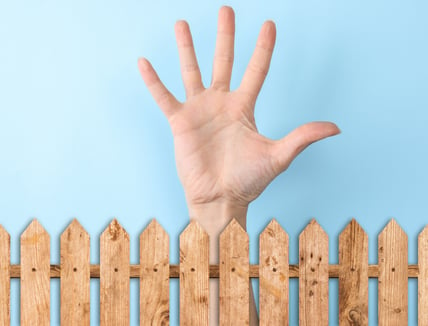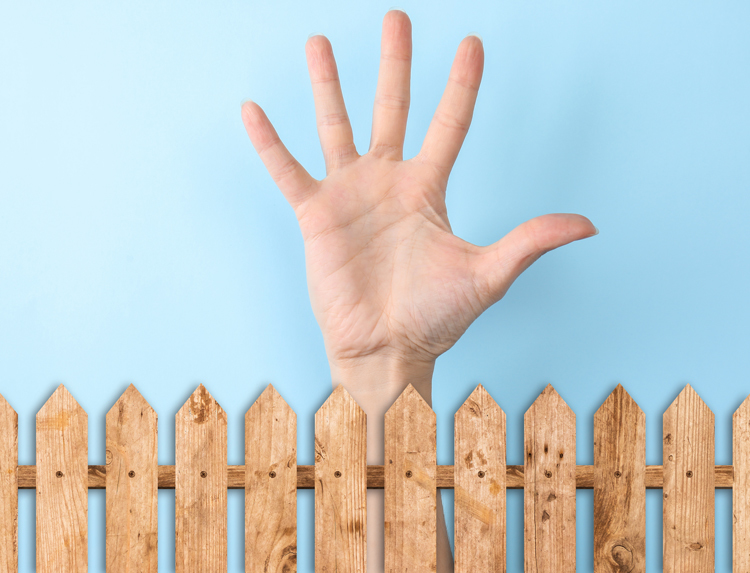The Five Most Frequently Asked Questions About Fences
What Homeowners Want to Know About Fences
At AVO Fence & Supply, we receive questions from homeowners every day about a wide variety of topics related to fencing. Here are the answers to the five most common questions.
Q: How close to my property line can I install a fence?
A: In most states, a fence up to 6 feet in height can be installed on—or close to—a lot line, depending on local policies. If you do not know exactly where your property line is located, it is a good idea to have your land surveyed. Some towns have “good neighbor” policies regarding fences that include a suggestion that homeowners should install a fence three feet inside their property line, if possible. Check with your local planning authority for your town’s guidelines.

Q: When do I need to get a permit to install a fence?
A: Most towns and cities in Massachusetts allow you to install a residential fence to a height of 6 feet without a permit. Typically, fences that are 7 feet or higher require a permit. However, height restrictions and permit requirements may differ depending on where you live, so it is best to contact your local planning board to find out if a permit is necessary if you want to build a fence over 6 feet in height. Also, be aware that a fence installed on a corner lot cannot obstruct views.
Q: What are the differences between vinyl and wood fences?
A: There are three key factors when deciding between vinyl and wood fences: aesthetics, maintenance, and return on investment. The characteristics of natural wood fencing include beautiful wood grain, and in the case of cedar, a classic weathering effect that takes place in the New England climate. Natural wood fencing is initially less expensive to install than vinyl, but it requires regular maintenance that includes cleaning, staining, and replacement of damaged lumber. With the proper care, wood fences can last between 15-20 years, but in the long run, they have a lower return on investment. Vinyl fencing maintains a beautiful appearance for a lifetime. Although a vinyl fence has higher initial costs for materials and installation, it does not require any maintenance, other than occasionally rinsing with a hose if it gets dirty. Vinyl is a long-term solution that offers a higher return on investment than wood.
Q: Who is responsible for repairing a damaged fence?
A: In general, it is the responsibility of the homeowner who installed the fence to repair any damage. This is true if a fence is built directly on the property line that divides the homeowner’s and neighbor’s properties, and it is also true if the fence is installed on the landowner’s property (inside the property line). However, if a homeowner installs a fence along their property line to enclose it, and their neighbor builds off that fence to enclose their property as well, both parties would be responsible for repairs. Finally, if a neighborhood has a homeowner’s association, they might be responsible for repairing or replacing a damaged fence. In general, check with your insurance company to understand who is responsible for repairs in the case of tree damage to your fence.
Q: How do the costs of different fence materials compare?
A: At the high end, our #1-grade cedar stockade fencing, and our high-end vinyl privacy fencing are comparable. Similarly, our ornamental and aluminum fencing are comparable to our high-end vinyl and high-end cedar. In the mid-range, our #2-grade cedar stockade is comparable to our lower grade vinyl. Chain link fencing is the most economical. Installation costs vary depending on terrain and the type of material. Installers typically charge between $150 to $200 for each installed post, plus gates.
AVO Fence & Supply proudly serves the fence industry and homeowners across New England. Contact us for more information about our company, its products, and how we can serve you.

